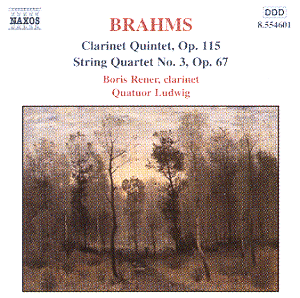 Composer: Ludwig van Beethoven
Composer: Ludwig van Beethoven
Works: Violin Sonata No. 2 in A major Op. 2 No. 2; Violin Sonata No. 5 in F major Op. 24 “Spring”; Violin Sonata No. 9 in A major Op. 47 “Kreutzer”
Performers: Henryk Szeryng, violin; Ingrid Haebler, piano
Recording: 1980
Label: PHILIPS ELOQUENCE 469 152-2 [75’47]
Beethoven’s violin sonatas reflect a journey from the Classical tradition into the burgeoning Romantic era, embodying both technical prowess and emotional depth. The three sonatas captured in this recording—Op. 2 No. 2, Op. 24 “Spring,” and Op. 47 “Kreutzer”—demonstrate the composer’s evolving style and the intricate interplay between violin and piano, an aspect that is rendered with particular nuance in the performances by Henryk Szeryng and Ingrid Haebler. Szeryng, a renowned violinist often overshadowed by his contemporaries, brings a unique blend of elegance and subtlety that is both refreshing and thought-provoking.
The “Spring” Sonata, with its sunny disposition and lyrical lines, serves as the perfect canvas for Szeryng’s expressive capabilities. The opening movement unfolds with a languid charm, where Szeryng employs a brisk yet gentle articulation, allowing the music’s inherent joy to resonate without veering into over-exuberance. The slow movement is a highlight, as Szeryng’s dynamic range and sensitivity culminate in a deeply reflective interpretation that invites intimacy. Haebler’s pianism complements this beautifully, particularly in the finale, where their seamless control of tempo reveals a profound musical rapport that makes the performance feel organic and spontaneous.
A notable contrast is found in the Op. 12 No. 2 Sonata, where Szeryng’s approach is marked by a graceful elegance that reflects the work’s Classical roots. The clarity in their phrasing is commendable; neither performer overplays their hand, allowing the music to breathe naturally. This restraint is a hallmark of Szeryng’s style, though it occasionally raises questions about the emotional heft that could have been unearthed with bolder interpretative choices.
The “Kreutzer” Sonata, often regarded as one of Beethoven’s most demanding and dramatic works, presents a more complex challenge. Szeryng and Haebler’s interpretation is marked by a careful balance between lyricism and intensity, though not without its reservations. The opening movement risks feeling somewhat reticent, lacking the vigorous drive that characterizes many acclaimed interpretations. Haebler’s staccato-legato approach at times disrupts the flow, while Szeryng’s occasional affectation leads to a slight retardation of rhythm. Yet, their attention to balance in the concertante passages is commendable, ensuring that the piano remains a supportive yet assertive partner.
The Andante con variazioni reveals Szeryng’s astringent tone, which serves the music well, particularly in the left-hand melodies that Haebler articulates with clarity. However, Haebler’s over-accenting in her introduction detracts from the overall cohesion of the movement. Throughout this sonata, the recording captures the nuances of both performers, showcasing their technical prowess against a backdrop of warm, well-balanced sound engineering that enhances the listening experience.
This recording stands as a testament to Szeryng’s artistry and Haebler’s pianism, both of which deserve recognition in the pantheon of Beethoven interpretations. While some interpretative choices may not resonate universally, their collaboration consistently reveals a deep understanding of the music’s structure and emotional landscape. The sound quality is robust, allowing the subtleties of Szeryng’s vibrato and the clarity of Haebler’s playing to shine through, making this a recommended addition for enthusiasts of Beethoven’s violin sonatas. The performances may not eclipse the legendary recordings by the likes of Isaac Stern or David Oistrakh, but they offer a distinct perspective that enriches our understanding of these masterpieces.



